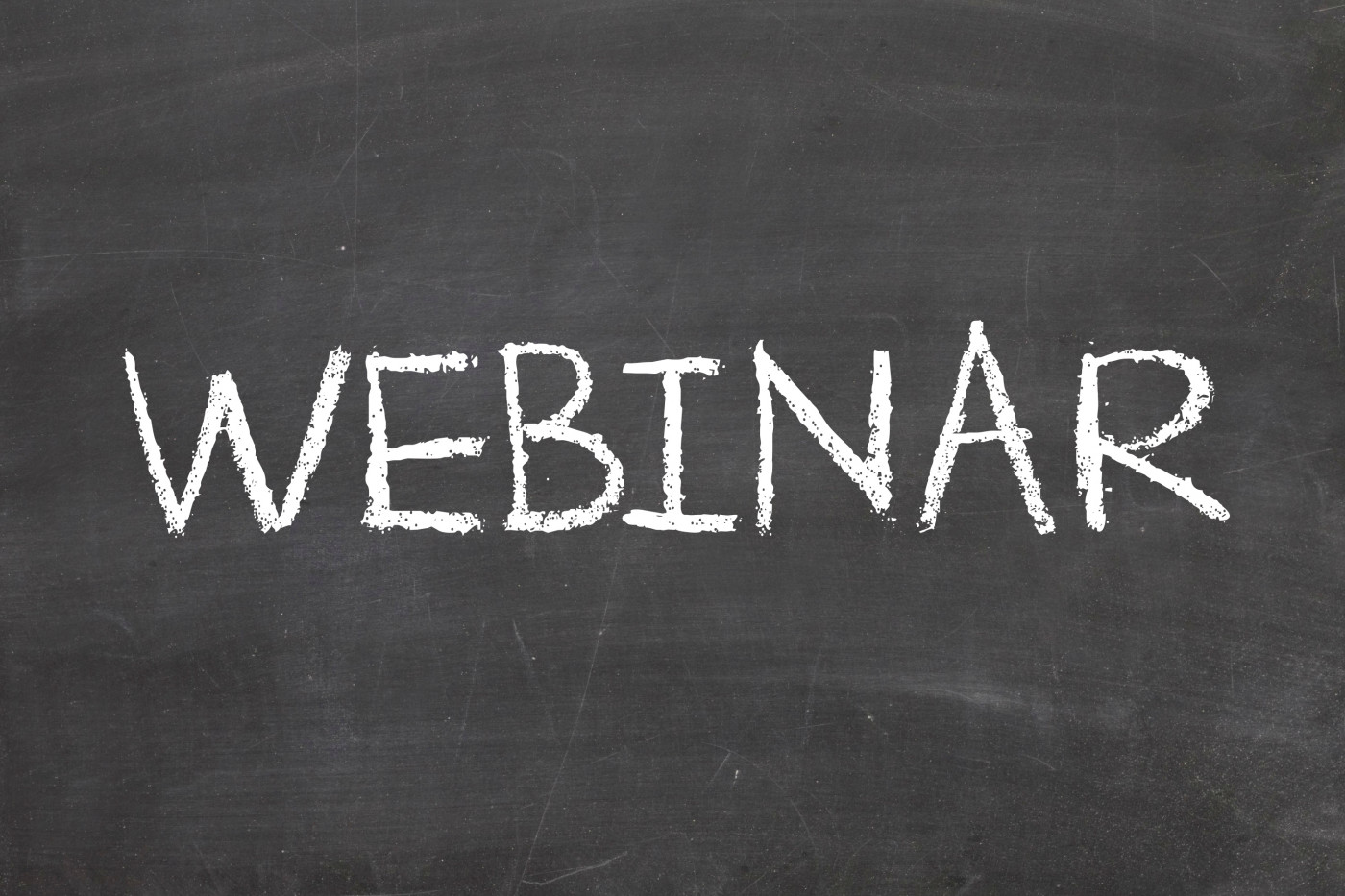Free Webinar Offers Strategies to Improve Strength, Functional Independence

The online community GeneFo will hold a free webinar this month to provide those living with Charcot-Marie-Tooth (CMT) disease with updated insights into exercise and physical therapy strategies to help manage symptoms.
The event, titled “Exercise and Physical Therapy Strategies for CMT Symptoms,” will be held March 29 at 1 p.m. EST.
Guest speaker Dr. Robert Chetlin, of the West Virginia University School of Medicine, will share a list of pragmatic steps to begin an exercise and physical therapy program, exercises that are best for specific symptoms, what you can do at home, why you need a personal trainer, and ways to stay motivated.
Chetlin also is a collaborating expert with the Hereditary Neuropathy Foundation and a recipient of the CMT Foundation award for distinguished service.
For those living with CMT, preserving muscle strength, flexibility, and movement is crucial to managing symptoms. According to recent research at the University of Sydney in Australia, while no disease-modifying therapies are available, exercise is actually the best medicine for CMT.
Published in The Lancet Child & Adolescent Health, the study showed that six months of moderate resistance exercise could help slow the progression of muscle weakness by up to 30 percent, according to the University of Sydney. It also strengthened muscles over a two-year period.
“Exercise has been demonstrated to be effective in the management of Charcot Marie Tooth Disease along several lines,” Chetlin said in a press release. “We know that it improves strength which is directly related to what’s described as ‘functional independence’ that is, one’s ability to carry out independently activities of daily living.”
Self-directed exercise was associated with greater strength in CMT patients of both CMT type 1 (CMT1) and CMT type 2 (CMT2) in another study published in the Canadian Journal of Neurological Sciences.
In this study, researchers conducted a retrospective chart review of 297 CMT patients. They found that participants with CMT2 had greater strength values than CMT1 patients in hand grip, elbow flexion, and dorsiflexion (flexion toward the back). Participants with both CMT1 and CMT2 who exercised were significantly stronger in elbow flexion and dorsiflexion than those who did not exercise.
For the authors, these results suggest that self-directed exercise is associated with greater strength in CMT patients of both subtypes. Self-directed exercise may be a convenient, sustainable, and effective method of improving strength and decreasing disability.
To learn more about the effects of exercise in CMT, register for the free webinar or receive a video of the event by email by following this link.





